Introduction to Semi-Trailer Dimensions
The world of semi-trailers is intricate, with various types and sizes catering to different transportation needs. If you’re in logistics, trucking, or considering purchasing a semi-trailer, the dimensions are crucial. Among the numerous sizes, the 53-foot semi-trailer stands out as a standard in the industry, widely adopted due to its capacity to deliver a hefty payload while remaining within legal road limits. This article delves deep into the question, “How wide is a 53-foot semi-trailer?” while also exploring related specifications, important factors affecting the dimensions, and considerations for operations.
Official Width Regulations
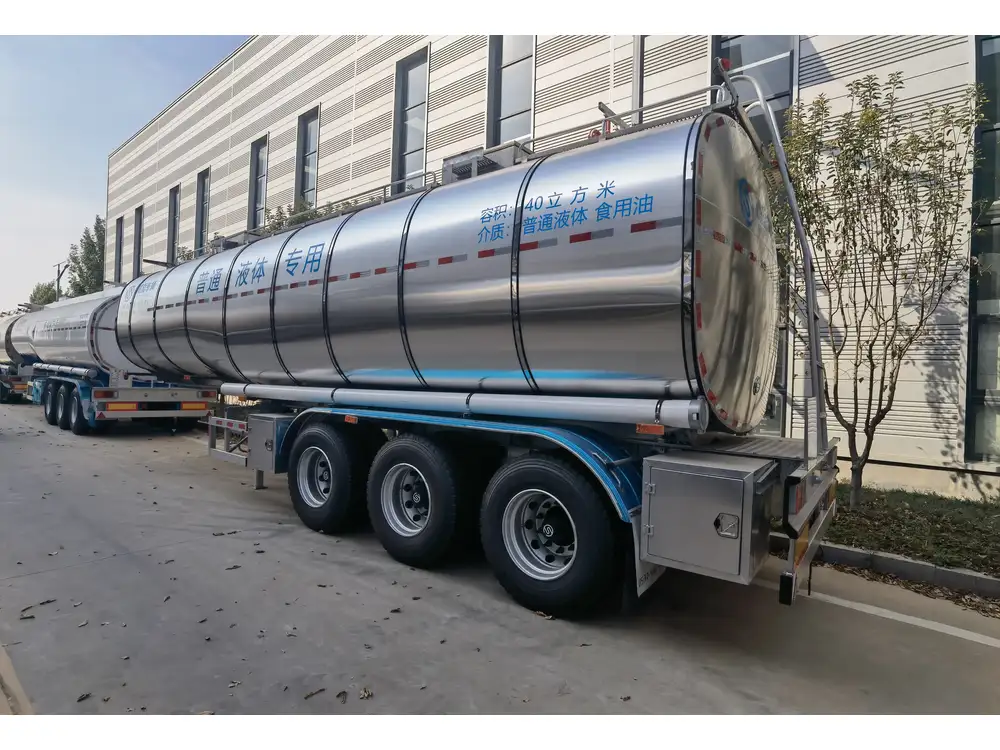
Standard Dimensions
The standard width of a 53-foot semi-trailer is 102 inches, or 8.5 feet. This measurement is defined under U.S. federal regulations governing interstate travel. The overall length, complemented by this width, ensures a carrier can efficiently haul various goods while complying with safety and traffic regulations.
| Dimension Type | Measurement |
|---|---|
| Length | 53 feet (636 inches) |
| Width | 8.5 feet (102 inches) |
| Height (varies by model) | Typically 13.5 feet |
Variations Based on Region
While 102 inches is the standard width for most states, some regions, particularly in administrative jurisdictions, may permit wider configurations. Here’s a quick breakdown:
| Region | Allowed Width |
|---|---|
| Standard (Most States) | 102 inches |
| Some States (Permissible) | Up to 108 inches |
Such allowances often accommodate specialized cargo, e.g., perishable goods or industrial equipment. It’s vital to consult local regulations, as excess width can incur penalties or require permits.
Trailer Types and Their Widths
Understanding widths alone necessitates exploring various types of trailers built on the 53-foot frame. Different designs address specific transportation needs:
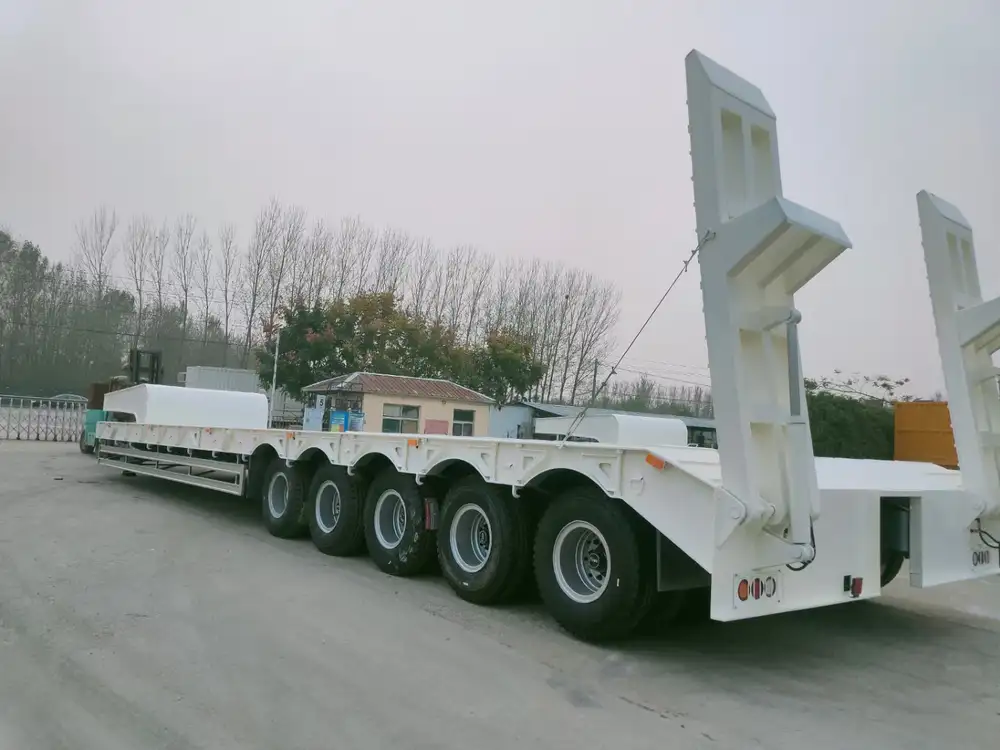
1. Dry Van Trailers
The most common trailer type, optimized for freight that requires protection from environmental elements.
- Width: 102 inches
- Payload Capacity: 45,000 lbs.
2. Reefer Trailers
Specifically engineered to transport temperature-sensitive goods, such as food products.
- Width: 102 inches
- Payload Capacity: 44,000 lbs.
3. Flatbed Trailers
These provide greater flexibility in loading/unloading, ideal for oversized or non-standard cargo.
- Width: Commonly 102 inches, but can vary based on cargo.
- Payload Capacity: Varies widely by configuration.

4. Step Deck Trailers
Enable transport of oversize freight without exceeding height limits due to their lower deck height.
- Width: Typically 102 inches
- Payload Capacity: Varies, often supporting similar weight to a flatbed.
Understanding these variations can help carriers select the right trailer type for their specific shipping needs without compromising on dimension regulations.
Importance of Proper Dimension Knowledge
Operational Efficiency
Having detailed knowledge about the width and other dimensions of a 53-foot semi-trailer allows operators and fleet managers to optimize their loading and unloading processes. Incorrectly estimated dimensions can lead to logistical challenges, including:
- Loading Dock Restrictions: Insufficient space due to width limitations can delay operations.
- Transportation Costs: Inefficiencies can lead to increased fuel consumption.
- Legal Compliance: Non-compliance with width regulations can result in fines.

Safety Concerns
Transporting cargo within standard width limits reduces risks associated with wider loads, such as:
- Stability Issues: Wider trailers can have a higher center of gravity, impacting trailer handling.
- Obstacle Navigation: Standard widths facilitate travel through urban settings and tight spots.
Key Features Influencing Trailer Width
Several factors influence the width of semi-trailers, aside from basic design:
1. Federal Regulations
The Federal Motor Carrier Safety Administration (FMCSA) outlines the maximum allowable dimensions for commercial vehicles. Understanding these guidelines is essential for any operator to avoid penalties.
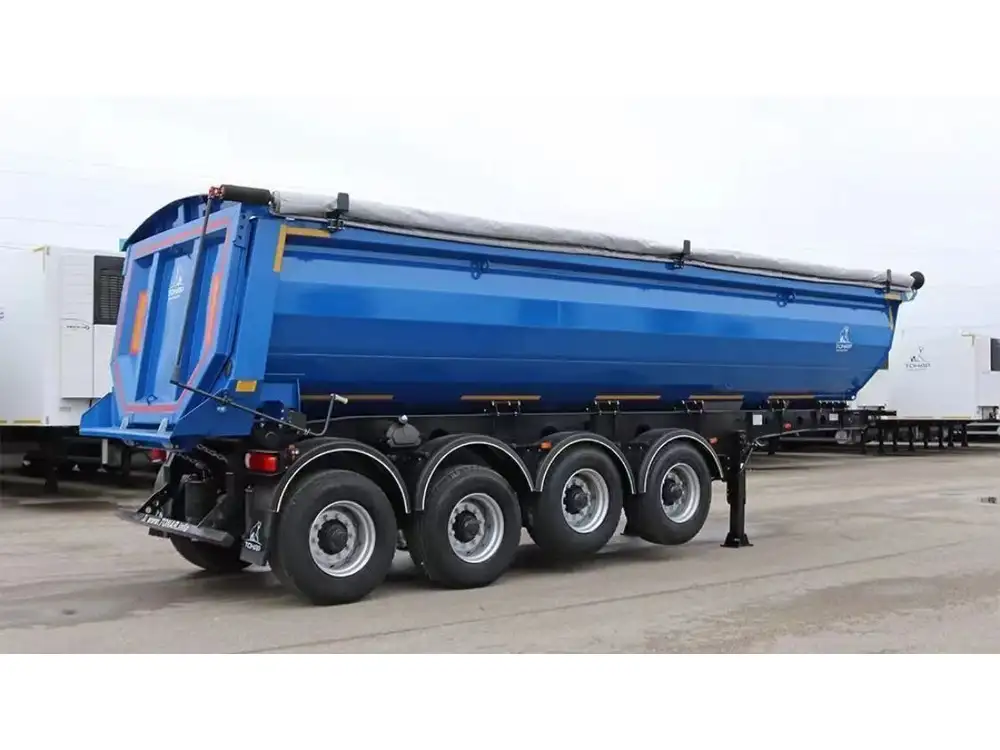
2. Manufacturer Specifications
Different manufacturers may implement design variations or enhancements that might slightly alter the effective width. Always consult technical specifications provided by the manufacturer.
3. Industry Standards
Other entities, such as the American Trucking Associations (ATA), may provide best practices or recommended modifications that impact widths and industry compliance.
4. Load Types
Different types of loads may require specialized trailers. For instance, oversized loads often necessitate broader trailers, requiring permits and potentially adjusted routings.

Calculating Payload with Width Considerations
Understanding how trailer width influences payload capacity is crucial in logistics. The payload and volume capacity depend not only on the width but also on the maximum height and length:
- Volume Calculation: [ \text{Volume} = \text{Length} \times \text{Width} \times \text{Height} ]
Using the dimensions of a standard 53-foot trailer (e.g., 102 inches width and an average height of 13.5 feet), you can derive the approximate volume.
| Dimension Type | Length (in) | Width (in) | Height (in) | Volume (cu ft) |
|---|---|---|---|---|
| Dry Van | 636 | 102 | 162 | 10,737.04 |
| Reefer | 636 | 102 | 162 | 10,737.04 |
Payload Efficiency
Efficiency not only relates to the physical space available but also hinges upon load securing and truck balance. The broad width of 53-foot trailers often facilitates the efficient arrangement of cargo, leading to optimal utilization without exceeding weight limits.
Environmental and Economic Impact of Width Considerations
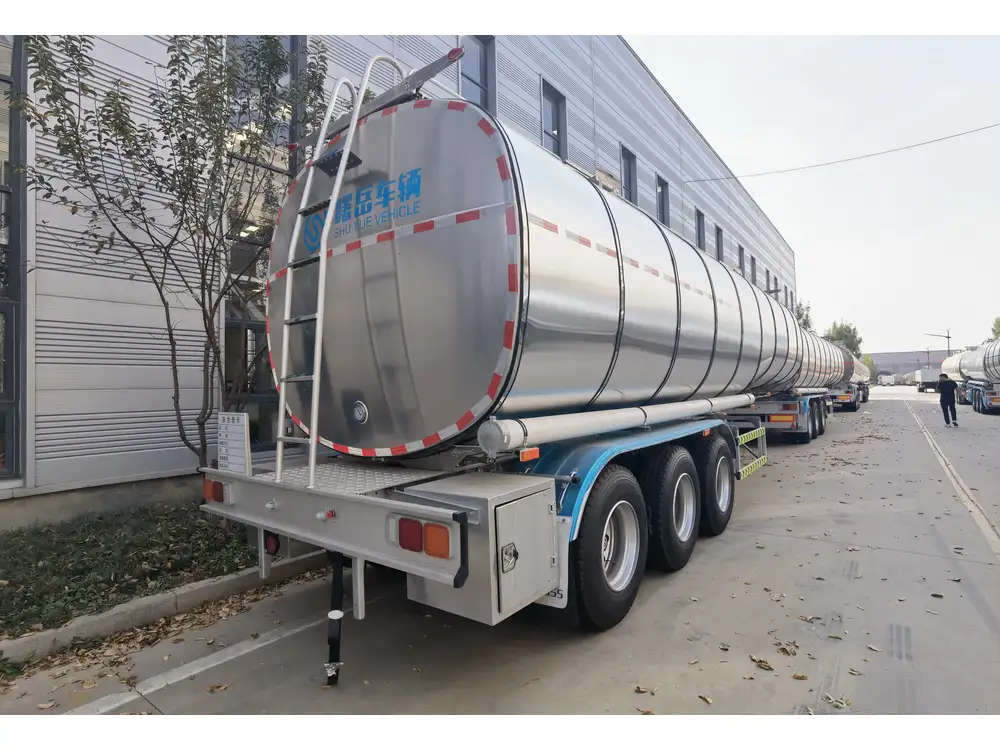
Fuel Efficiency
Research suggests that trailers adhering to standard width regulations tend to have better aerodynamics, impacting fuel consumption positively:
- Narrower profiles create less air resistance.
- Reduced rolling resistance can lead to fuel savings.
Regulatory Compliance
Staying within width limits is not just about legality. It also affects:
- Insurance Premiums: Insuring a non-compliant vehicle may lead to heightened costs.
- Road Safety: Wider vehicles can create hazards on the roadways, resulting in higher accident rates.
Cost of Non-Compliance
There are tangible costs for owners and operators who neglect width regulations. Possible repercussions include:
- Fines and Penalties: Vary by state and compliance level.
- Operational Downtime: Vehicles held for inspection can lead to lost transportation opportunities.
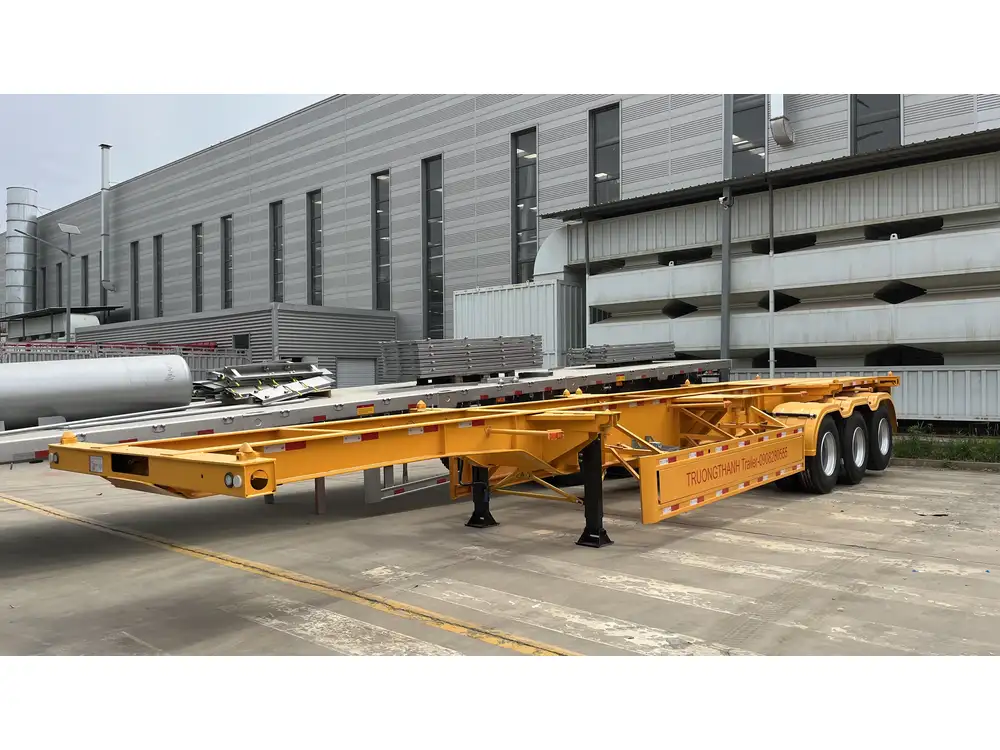
Enhancing User Engagement through Knowledge
Engaging effectively with users seeking answers about trailer widths may entail addressing not only the dimensions themselves but also ancillary concerns like:
- FAQs regarding insurance for oversized loads.
- The relationship between trailer types and their respective widths.
- Advice on choosing the right trailer based on cargo type.
User-Centric FAQ Section
What are the height and length specifications for a 53-foot semi-trailer?
- Height: Generally, 13.5 feet.
- Length: Standard length measures 53 feet.
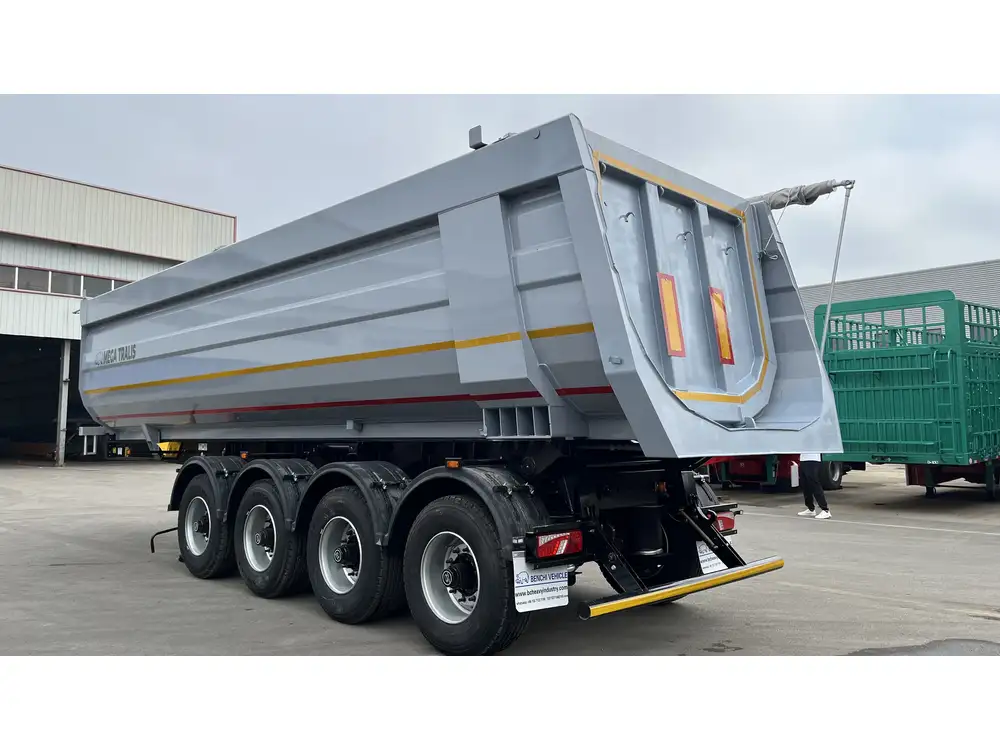
Are there any extra costs associated with wider trailers?
Yes, wider trailers may incur extra costs, including permit fees and increased fuel consumption.
How does width affect loading procedures?
Widths above 102 inches can complicate loading at typical docks, which are designed to accommodate standard dimensions.
Conclusion
Deciphering the width of a 53-foot semi-trailer necessitates not only a look at actual measurements but also a comprehensive understanding of regulations, operational implications, and economic ramifications. As the trucking industry continues to evolve, factors such as efficiency, compliance, and safety will increasingly rely on carriers becoming knowledgeable and adaptive regarding their equipment specifications. Central to this knowledge is the width of the trailer, which remains a critical factor for success in logistics and transport operations. Understanding this will help operators make informed decisions, enhancing their fleet’s efficiency while ensuring adherence to industry standards.



